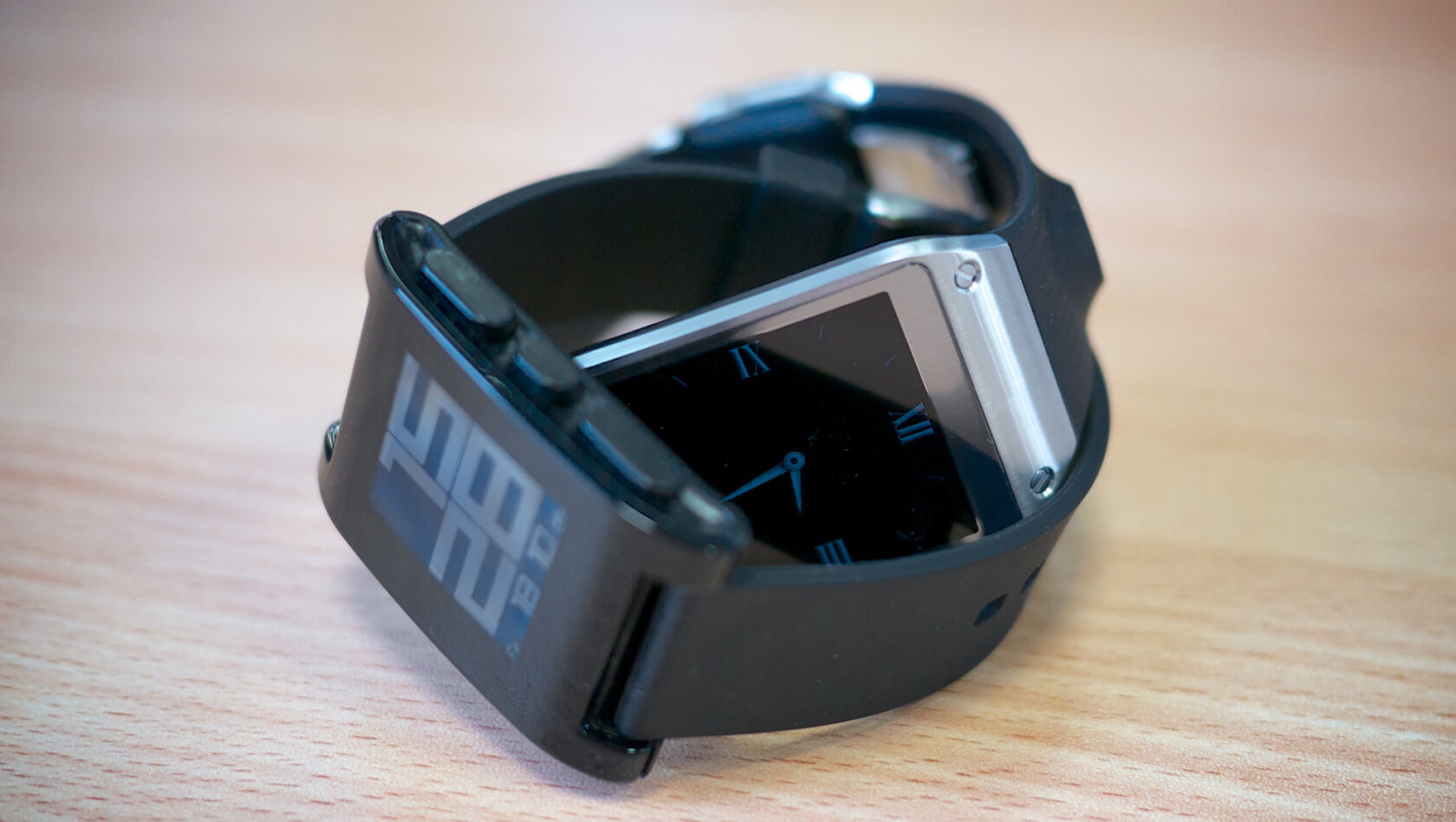Smartwatch growth has been weak and forecasts look grim through 2021
Growth will drop to single digits by 2019
By Cal Jeffrey,

Remember when wearables like the Apple Watch and Fitbit trackers were supposed to be the next big trend in tech? Even tech analysis company eMarketer was predicting 63.7 percent growth in 2015. When the numbers came out at the end of the year, the 24.7 percent adoption rate prompted the firm to adjust their optimism for the market.
This holiday season, eMarketer suspected that more affordable smart speakers would outsell wearable devices. Cindy Liu, an analyst with the firm, attributes the lackluster growth to the expense of wearables.
“Consumers have yet to find a reason to justify the cost of a smartwatch, which can sometimes cost as much as a smartphone. Instead, for this holiday season, we expect smart speakers to be the gift of choice for many tech enthusiasts, because of their lower price points.”
The formerly optimistic forecasts of 2015 are not looking so good anymore and appear to be in decline. While growth will continue, it will be shallow for the next several years barring significant changes in marketing and intended use.
According to Liu, “the number of adult wearable users in the US will grow 11.9 percent in 2018. Wearable usage will continue to grow over the forecast period, but the rate will slow to single digits beginning in 2019.”
She expects that any further growth in the market will be attributed to new adopters. Liu also points out that wearables are dominated by fitness tracking and believes that is part of what is keeping the devices from becoming “must-have items.”
It is worth noting that men primarily dominated early adoption of wearables. As the fitness tracking capabilities became more emphasized, the demographic made a shift toward women. As it sits now, men seem to prefer multifunctional smartwatches while women tend to gravitate toward focused fitness trackers.
Unless there is another shift in functionality (Apple’s shift to cellular might be an attempt) or dramatic price reductions, analysts will remain conservative when forecasting market penetration.










